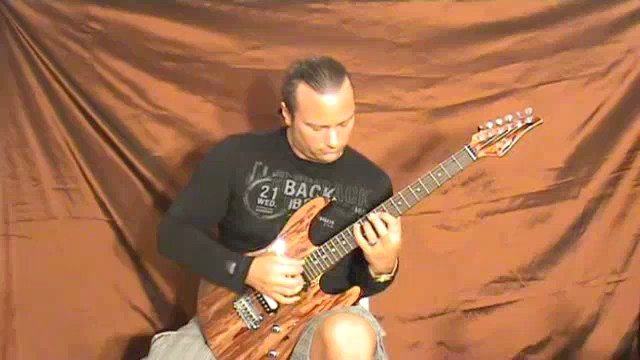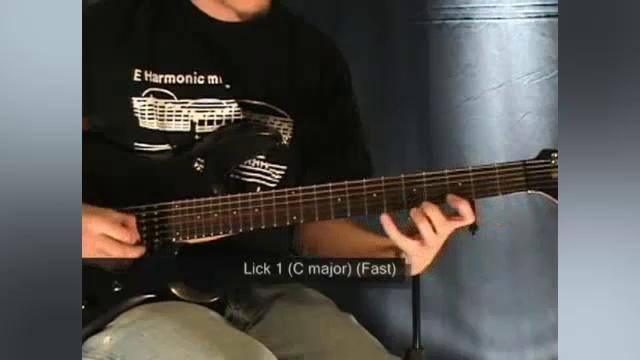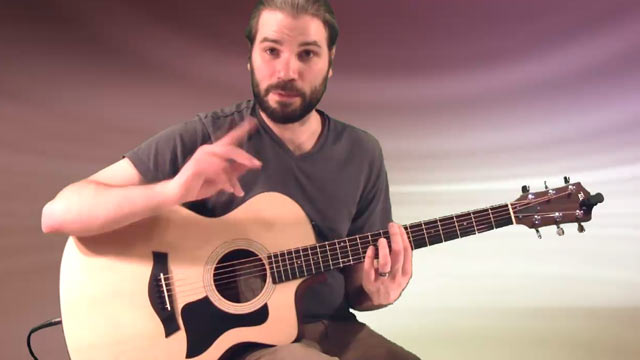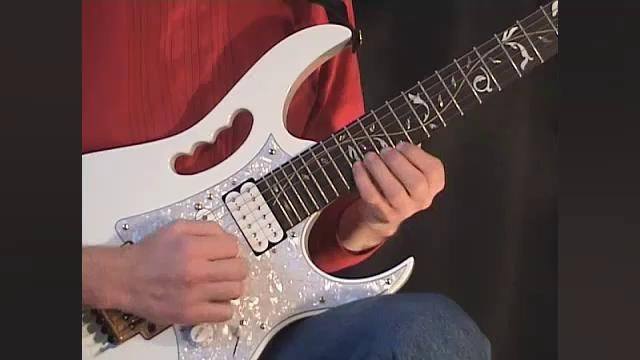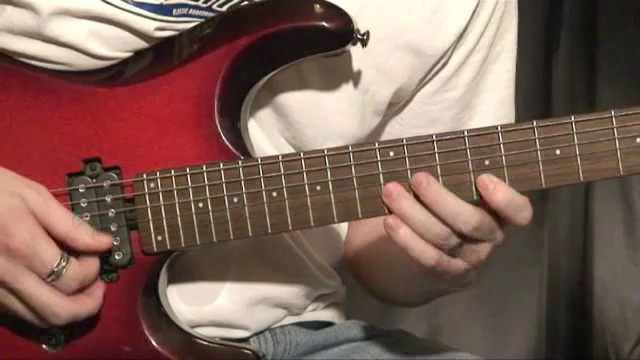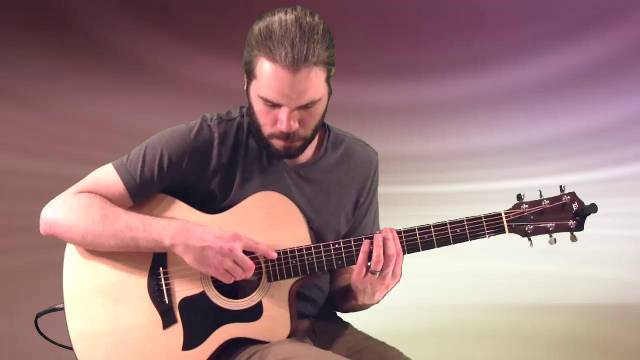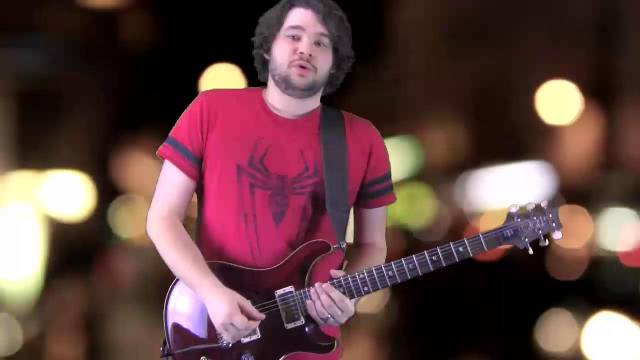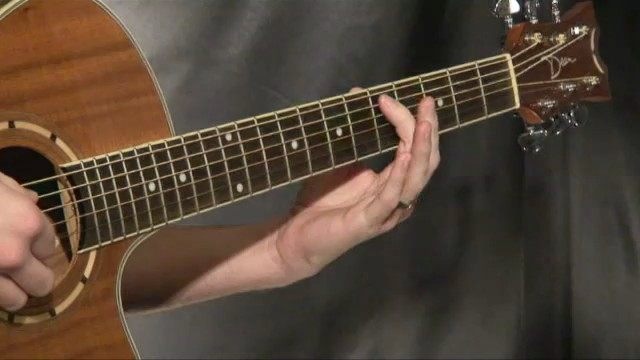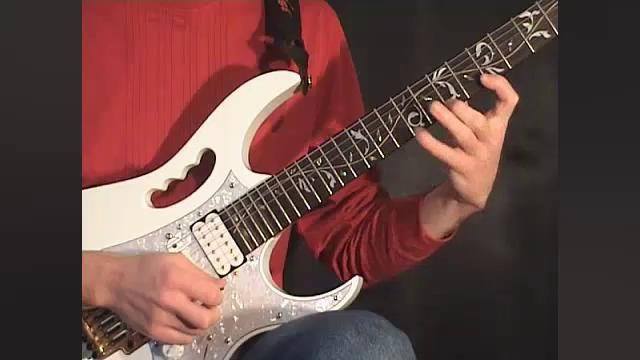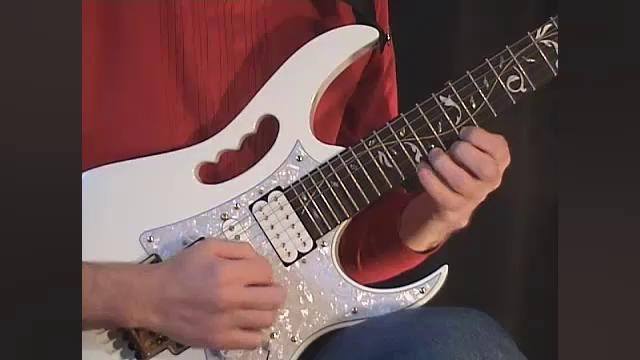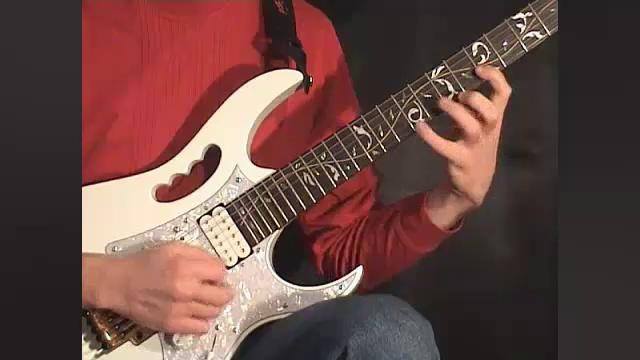String skipping is an approach that involves a lot of different techniques. Most of these techniques, you'll quickly come to find, are ones that involve keeping the "skipped" strings quiet. The purpose of string skipping is often times to cover more "area" in shorter amounts of time. We'll explore a few of the most common ways players like Paul Gilbert, John Petrucci, and plenty others, new and old, have implemented this approach.
Let's start by exploring the many string transitions across the fretboard which lend themselves to lower and higher octaves of a short scale fragment. Let's fill out the fretboard with a simple G note, an A note as well as a B flat note.
"3-Note Fret Positions" offer these transitions in their most "meat and potatoes" format. Making these changes at any respectable speed may seem difficult with the rapid fretboard climb, so after getting used to these short three-note fragments, let's move on to an exercise which allows us to stick around in each area for a little longer.
NOTE: Apply a FIRM palm mute to all strings with the exception of the high B and E! This will not only present the exercise in a more stuccato way, but is the key to annihilating unwanted noise from unused strings!




